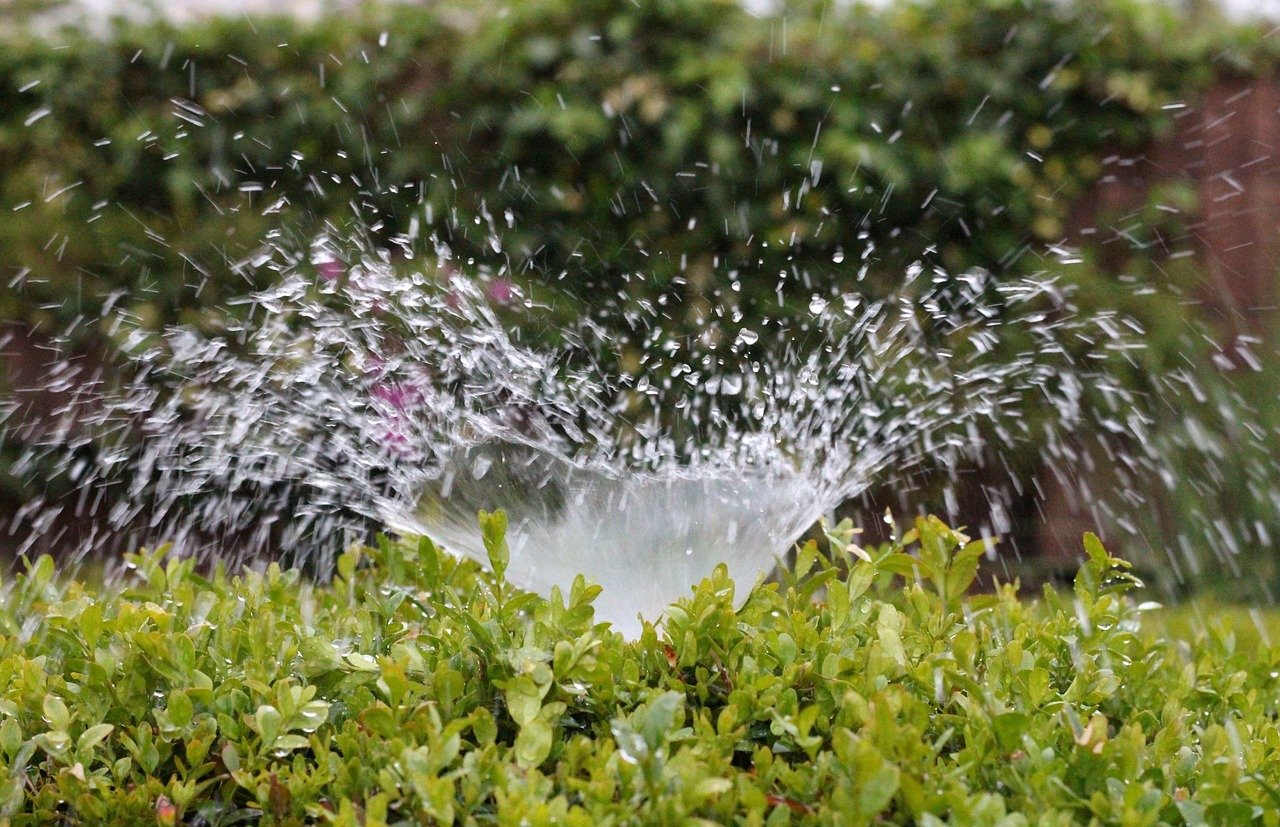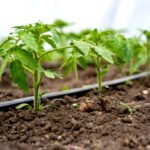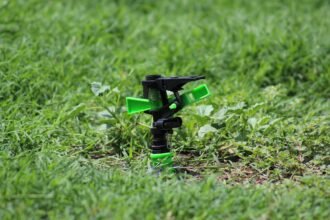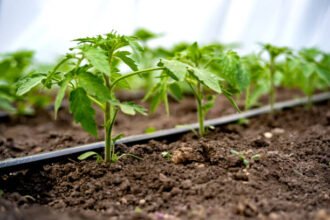Watering your garden properly is essential for the healthy growth of your plants. Whether you have a small backyard garden or a larger farm, choosing the right irrigation system can make all the difference in conserving water, promoting healthy soil, and improving plant yields. In this beginner’s guide, we’ll explore the importance of irrigation, the different types of irrigation systems, and how to choose the right one for your needs.
1. Why Irrigation Matters: The Role of Water in Plant Growth
Water is a critical factor in plant health and growth. It supports essential processes such as:
- Nutrient Transport: Water helps dissolve nutrients in the soil and transport them to the plant roots.
- Photosynthesis: Plants need water to make food through photosynthesis, which is essential for growth.
- Temperature Regulation: Water helps maintain a stable temperature around the roots and leaves, protecting the plants from extreme heat or cold.
- Hydration: Without adequate water, plants cannot maintain their structure and will wilt, which can eventually lead to death.
In regions with unpredictable rainfall or during dry seasons, irrigation is crucial to supplement natural water sources and ensure your plants receive consistent hydration.
2. Types of Irrigation Systems
There are several types of irrigation systems, each with its own benefits depending on your garden’s size, type of plants, and available resources. Here’s an overview of the most common irrigation methods:
a. Drip Irrigation
- How It Works: Drip irrigation delivers water directly to the plant’s root zone through a network of tubes, pipes, and emitters. It’s designed to minimize water wastage by targeting each plant individually.
- Best For: Small gardens, raised beds, or container plants. It’s highly efficient for water conservation and works well for plants that need regular, deep watering.
- Advantages:
- Water is delivered directly to the roots, minimizing evaporation.
- Reduces water waste and weeds.
- Ideal for water-sensitive plants and areas with limited water resources.
- Disadvantages:
- Can be expensive to install initially.
- Requires regular maintenance to prevent clogging.
b. Sprinkler Systems
- How It Works: Sprinkler systems use pipes connected to sprinkler heads that spray water over a large area, simulating natural rainfall.
- Best For: Lawns, large vegetable gardens, and flower beds. Sprinklers are great for covering wide areas where uniform watering is needed.
- Advantages:
- Covers large areas efficiently.
- Can be automated with timers for easy watering.
- Variety of options available, including stationary, rotating, and oscillating sprinklers.
- Disadvantages:
- Can lead to water waste due to evaporation and overspray.
- Not ideal for water-sensitive plants, as the water is applied to both the soil and foliage.
c. Soaker Hoses
- How It Works: Soaker hoses are porous hoses that allow water to seep slowly along the entire length of the hose. They can be laid along garden rows or placed directly in the soil.
- Best For: Row crops, flower beds, and vegetable gardens. They’re ideal for plants with shallow root systems or for planting rows of vegetables.
- Advantages:
- Even distribution of water along the length of the hose.
- Simple to install and maintain.
- Low-cost system.
- Disadvantages:
- Not ideal for large or irregularly shaped areas.
- May clog over time, especially if not maintained properly.
d. Surface Irrigation (Flood or Furrow)
- How It Works: Water is applied directly to the soil surface and allowed to flow over the field, either through flooding or along furrows.
- Best For: Large-scale farms and fields, especially for crops like rice, corn, and wheat that require heavy water use.
- Advantages:
- Simple to implement in large areas with minimal equipment.
- Ideal for crops that need large amounts of water.
- Disadvantages:
- Water can be wasted due to evaporation and runoff.
- May cause soil erosion if not managed properly.
- Less efficient than other irrigation systems.
e. Subsurface Irrigation
- How It Works: Subsurface irrigation involves placing drip lines or porous pipes below the surface of the soil, delivering water directly to the root zone.
- Best For: Large-scale agriculture or gardens where overhead watering is impractical or undesirable.
- Advantages:
- Reduces evaporation and runoff.
- Works well in areas with limited water resources.
- Disadvantages:
- Expensive to install.
- Requires careful monitoring to avoid over-saturation or waterlogging.
3. How to Choose the Right Irrigation System for Your Garden
Choosing the right irrigation system depends on several factors, including your garden size, climate, plant types, and water availability. Here are some things to consider:
a. Garden Size
- Small Gardens: For small or container gardens, drip irrigation or soaker hoses are excellent options because they are easy to set up and minimize water waste.
- Medium Gardens: Sprinklers or drip irrigation work well for medium-sized gardens, where coverage of a larger area is necessary.
- Large Gardens or Farms: Surface irrigation or subsurface irrigation may be more suitable for large-scale gardens, farms, or fields.
b. Plant Type
- Water-Sensitive Plants: For delicate or water-sensitive plants (such as tomatoes or herbs), drip irrigation is ideal because it directs water straight to the roots.
- Lawn and Flowers: Sprinkler systems are a great choice for lawns and flower beds that need consistent and even coverage.
- Crops with Shallow Roots: Use soaker hoses for row crops or beds with shallow-rooted plants, as they can provide gentle, consistent moisture.
c. Water Efficiency
- Limited Water Supply: If you live in a region with limited water resources, drip irrigation or subsurface irrigation systems are more efficient, as they minimize evaporation and direct water exactly where it’s needed.
- Rainwater Harvesting: Consider integrating rain barrels or a rainwater harvesting system with your irrigation setup to conserve water and reduce water costs.
d. Budget and Maintenance
- Initial Costs: Drip irrigation systems can be expensive to install, but they save water in the long run. Soaker hoses are an inexpensive option but require more frequent monitoring.
- Ease of Maintenance: Sprinkler systems need regular maintenance to ensure the heads aren’t clogged, while drip irrigation needs to be monitored for leaks and clogging.
4. Tips for Efficient Irrigation
- Water Early or Late: Water your garden early in the morning or late in the evening to minimize water loss from evaporation.
- Water Deeply: Watering deeply encourages roots to grow deeper into the soil, which makes plants more drought-resistant.
- Check for Leaks: Regularly check your irrigation system for leaks or clogged lines to ensure it’s working efficiently.
- Use Timers: Install timers on your irrigation systems to avoid over-watering and ensure your plants get the right amount of water at the right time.
5. Conclusion
Irrigation is a crucial element in maintaining a healthy and productive garden. Choosing the right system for your needs—whether it’s drip irrigation, sprinklers, or soaker hoses—can help you conserve water, save time, and provide your plants with the consistent hydration they need. By understanding the different types of irrigation systems and their benefits, you can make an informed decision and ensure your plants thrive in a sustainable and efficient manner. 🌱 Happy gardening!





